
Back to home
Click on the artists below
for more information :
2022
March - Agnès DÉVÉ
January - Thierry CITRON
2021
December - Thierry CITRON
November - Jean-Pierre LEPY
October - Dany ROULLAND
September - Pierre-André MARTIN
July - Fabienne ADAL
May - Jean OSTOVANY
2020
November - Marie-Ange MOIGNOT-LEHEC
October - Jean-Luc LANGLOIS
September - Jean-Pierre LE FÈVRE
June - Janladrou et Yvelise HOLOPHERNE
March - Joël ROQUIGNY
February - Gaston HÉLIE
January - Jane PLANSON
2019
December - Thierry CITRON
November - Philippe LERAY
October - Jean-Pierre FRUIT
September - Jacqueline LEMAITRE
August - Thierry LARIVIÈRE
July - Thierry LARIVIÈRE
June - René VARDON
May - Jean-Yves BOCHER
April - LIZMO
March - Annick ZIMMERMANN
January - Julia LEGOUX
January - Jean-Pierre LE FÈVRE
2018
December - Jean-Claude SOULARD
November - Domalas
October - Hervé LABROT
September - Alain HENNEQUIN
July - Mr et Mme GORGÔ
June - Jean-Luc MARQUET
May - Serge MANSON
April - Jean-Serge SEILER
March - Jacques SELLE
February - Josette HOUEL
January - NOMAH
2017
December - Emmanuel JULIEN
November - Caty BANNEVILLE
October - Yves GUEZET
September - Gaston HÉLIE
July - Armelle NORMAND
June - Anne-Marie HOUDEVILLE
May - Maryse PIERI
April - Eric DELACOUR
March - Christian RONCERAY
February - Jean SALOU
January - Julia LEGOUX
2016
December - Jean-Pierre LE FÈVRE
November - Jean-Luc LANGLOIS
October - Jean-Claude QUINETTE
September - Patrick WARAVKA
July - Thierry CITRON
June - Denis HERNANDEZ
May - Roger COURTOIS
April - Jean-Pierre FRUIT
March - Pierre COUCHAUX
February - László MINDSZENTI
January - DESSINS
2015
December - Bernard ORANGE
November - Jane PLANSON
October - Régis MARÉCHAL
September - Agnès HÉMERY
July - Marthe MOTTET
June - REGISS
May - VANDI
April - René VARDON
March - Bernard SOREL
February - Eliane PRADEL
January - Gérard BEAUJARD
2014
December - Yvelise HOLOPHERNE
November - Gaston HELIE
October - Anne-Marie HOUDEVILLE
September - Claude QUIESSE
July - Henri THOMAS
June - Jean-Serge SEILER
May - ANDRE LE NOIR
April - Thierry CITRON
March - Emmanuel JULIEN
February - Marie-Ange MOIGNOT-LEHEC
January - Pierre GODET
2013
December - Michel MARGUERAY
November - Martha KOLODZIEJ
October - Eric DESBOUIS
September - Roger COURTOIS
August - Vacances 2013 / Holidays 2013
July - Michel CLOS
June - Nicole MARC
May - JURGA
May - Benedicte DEVILLERS
April - Dominique BRETON
March - Alexandra JEANNE-VALES
February - Jean SALOU
January - Jean-Pierre DAUBIN
2012
December - Francoise LEMAITRE-LEROUX
November - Julia LEGOUX
October - Emmanuel DILHAC
September - J-F. CONTREMOULIN
August - Vacances 2012 / Holidays 2012
July - Jacqueline LEMAITRE
June - REGISS
May - Michel LARIVIERE
May - Christine LARIVIERE
April - TRACY
March - Gaston HELIE
February - Jean-Serge SEILER
January - Pierre GODET
2011
December - Bernard ORANGE
November - Michel MARGUERAY
October - Jane PLANSON
September - Jean-Pierre LE FEVRE
From her previous experiences in the field of art and culture, Michèle Trédé has, since her return to Normandy, retained those that directly concern the practice of creativity. In fact, it was by way of problems related to creativity (her own and that of others) and by way of an “inner necessity” to produce images and objects that she reached her current approach to sculpting.
Having worked with wood, stone, terracotta and bronze since 2009, her focus has particularly been brought to the all-important body. It can be said without exaggerating that the theme chose her.
First she examined traditional and contemporary representations of the body, of both high and poor quality, and at the same time the three-dimensional images that she could sculpt from them. She therefore began tackling the (fundamental) question of the body not only through its design, postures and gestures, but more importantly through its choreographies. There were the ordinary, common choreographies, such as those that result from walking, jumping, going forwards, backwards, turning around, standing as opposed to resting, in short, moving around. Yet there are also those movements of dance represented by current choreographies: Michèle Trédé cites Pina Bausch and a number of other creators as her inspirations.
The question of movement is not new, of course. Michèle Trédé herself responds, with notable modesty, by developing her vision of nature every day. Just as Nature is in bodies and beings, so the human creative impulse is “natural”.
And so she brings characters to life and light from stone or gnarled wood that has been harvested in a Mediterranean setting. As the figures transform and engender, it is not really clear where the bodies begin or end; they are the sap of the wood and human figure combined. And it is also worth noting the delicate scale of her pieces, which is reduced, necessitating precision and synthesis in the artistic effects.
As she knows and states: the body is a cultural and social construction, but also the home of feelings and emotions. The body is where personal and collective history, the biographical and social, converge.
In this context, Michèle Trédé's sculptures are most eloquent: the body is a loom for the world's fabric; it is treated in her hands with lucidity and a rare benevolence.
Françoise JULIEN-CASANOVA, Fine Arts Teacher
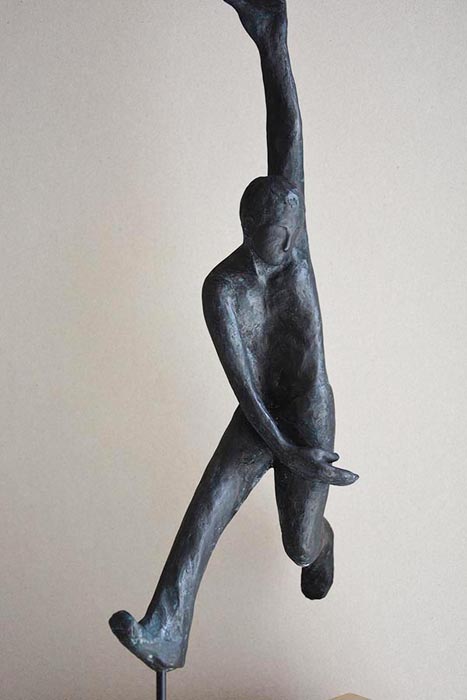

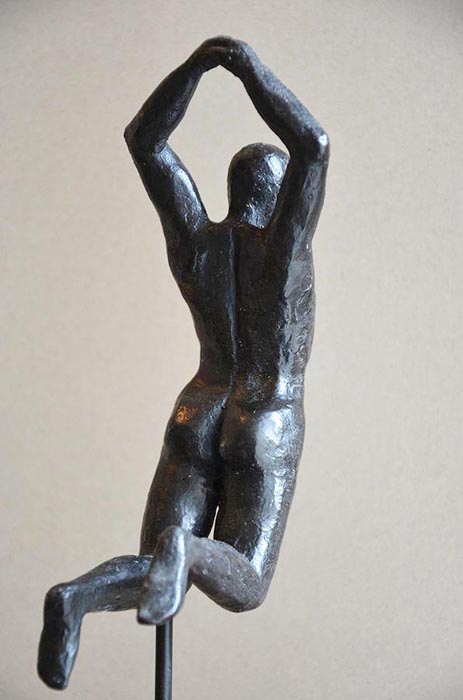
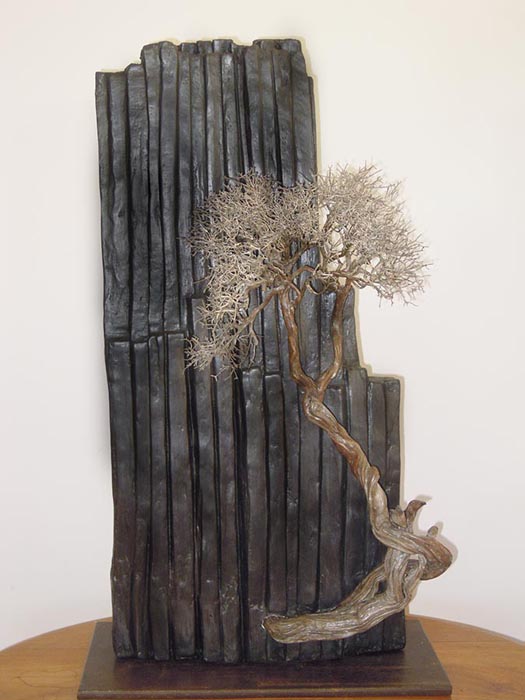

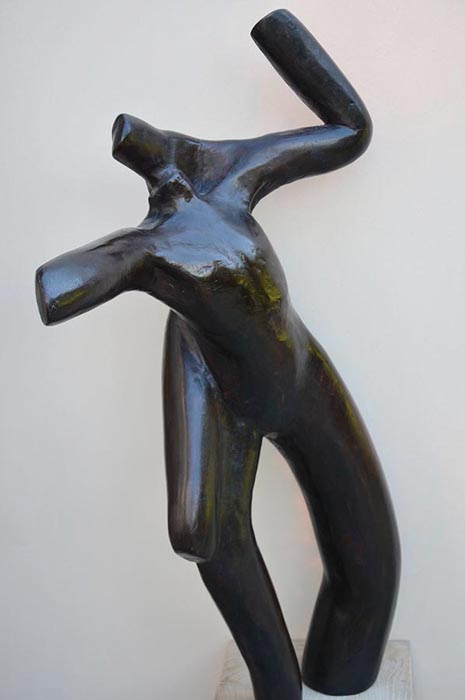
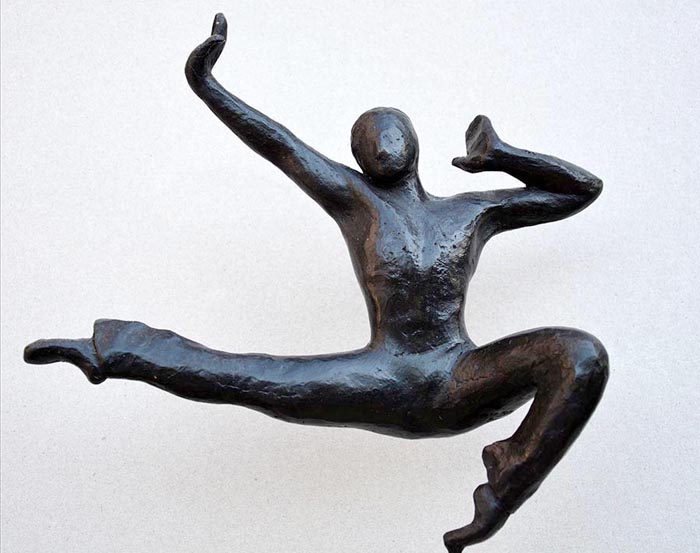
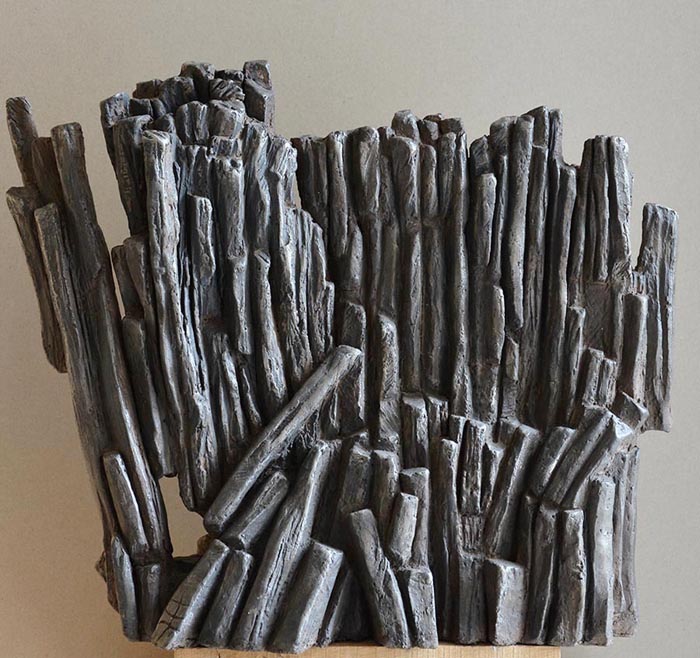
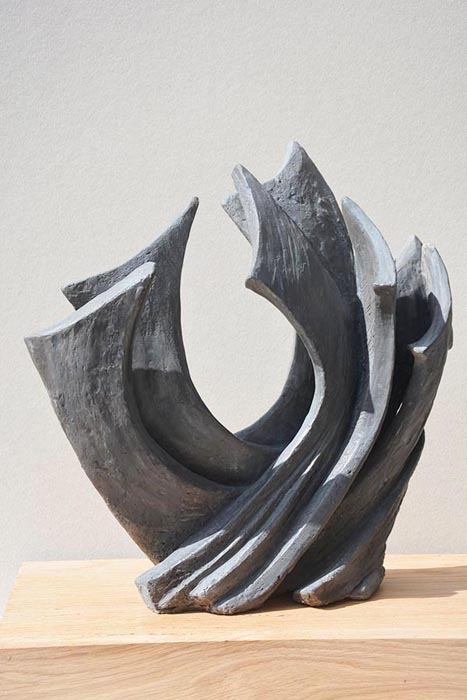
Sculptures exposées en octobre :
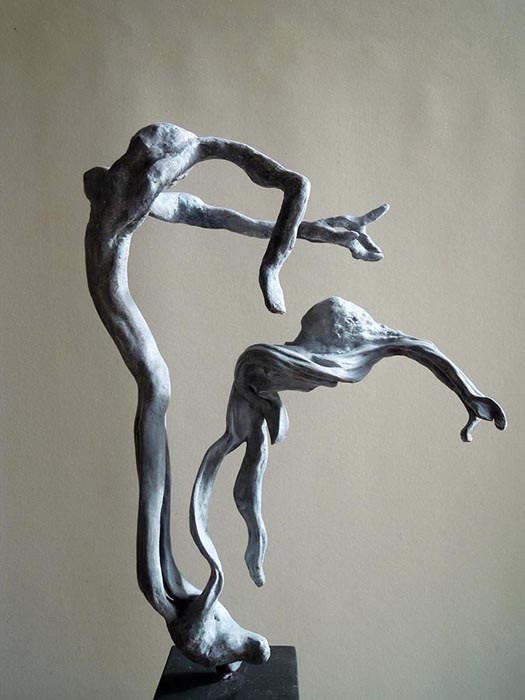
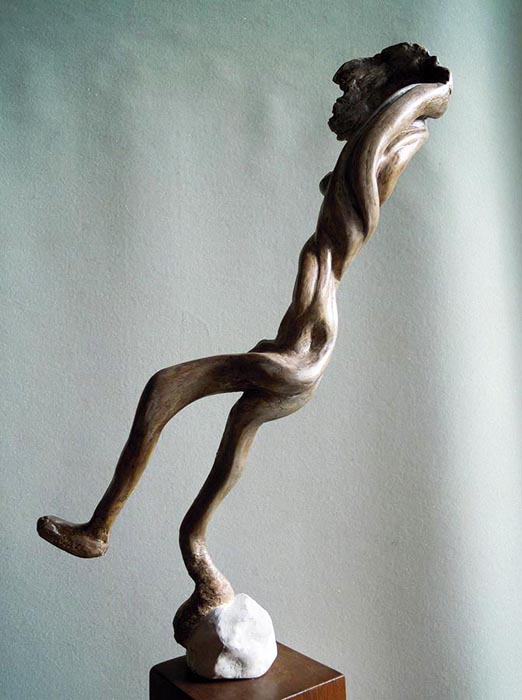

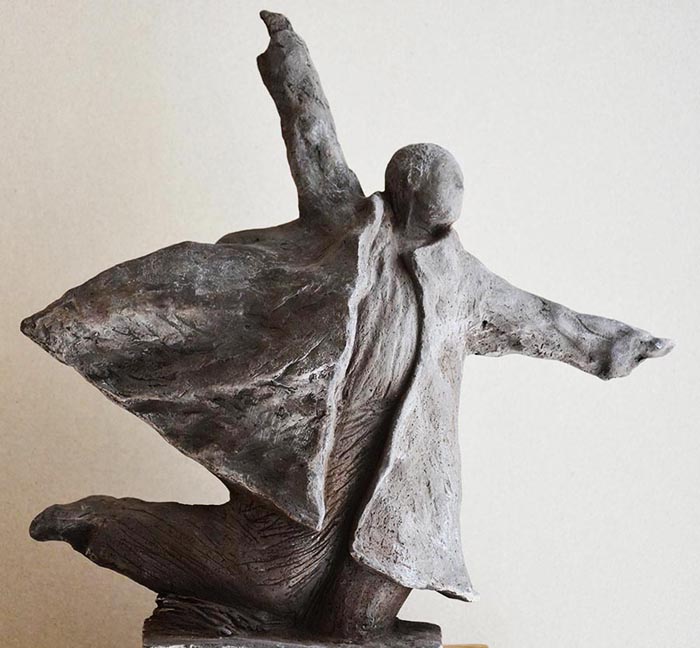
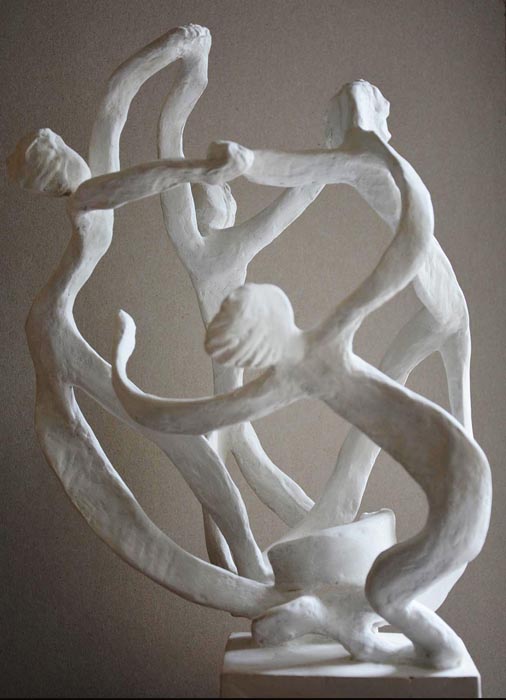
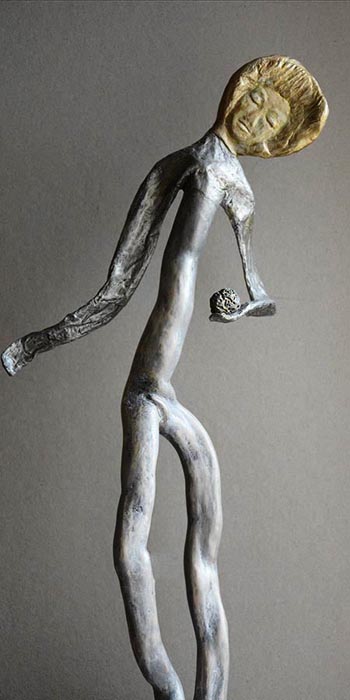

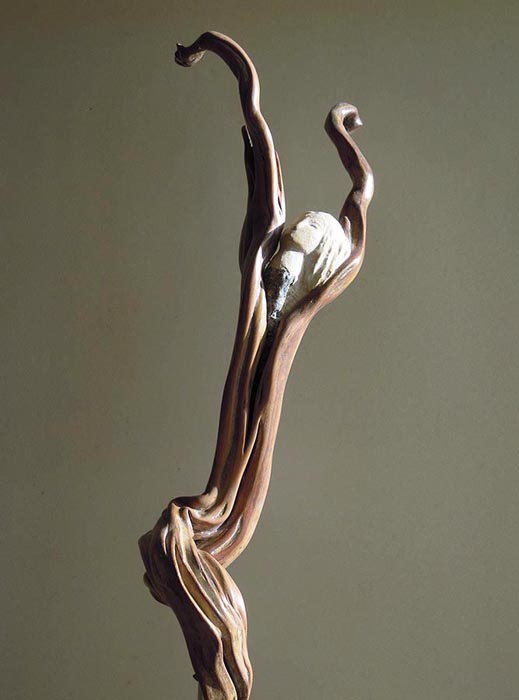

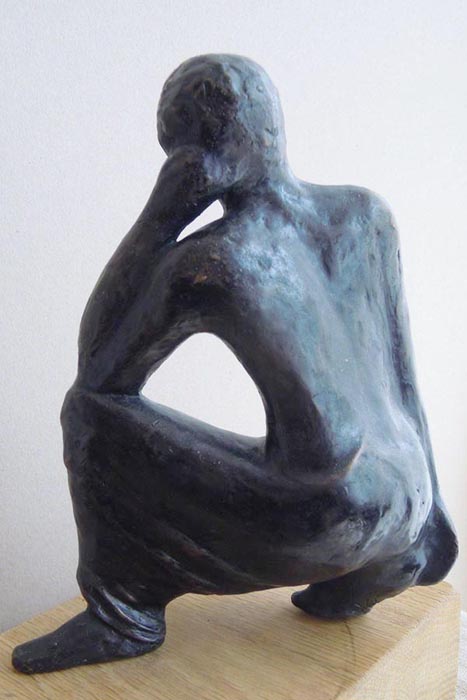
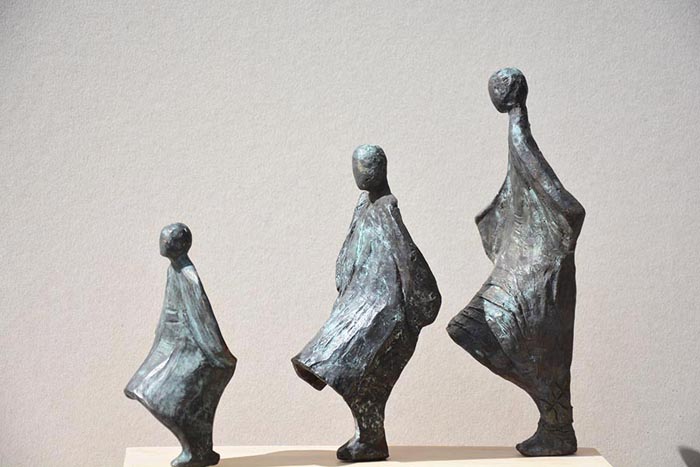

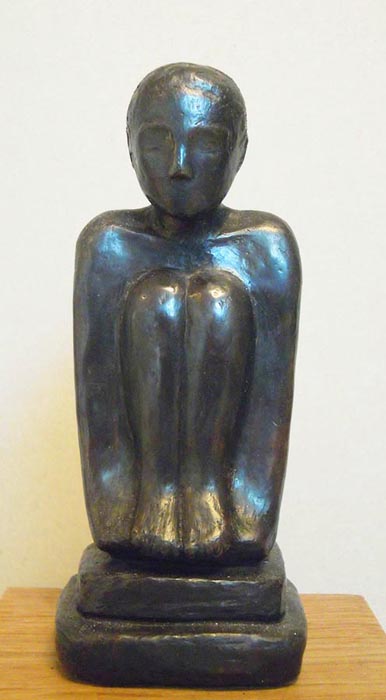
Current exhibition
From 2nd to 29th March 2022
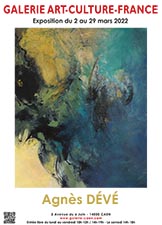
Agrandir
Sculptures
Danièle DEKEYSER
Marc CHIASSAÏ
Michèle TRÉDÉ
Thierry LARIVIÈRE
Claude QUIESSE
Maxime PLANCQUE
Denis LATOUR
Danièle DEKEYSER
Guy QUIDU
Julia BUNEL
Michèle TRÉDÉ
Alain TRIBALLEAU
Bruno GUIHENEUF
Danielle YVETOT
Stephen FOX
Denis LATOUR
Maxime PLANCQUE
Caroline SUDRE
Martine LABROT
Jean-Paul BÉGOT
Patrice DELAUNE
JOËNNE
Stéphane GIMMY
Marc CHIASSAÏ
Vincent KRESSMANN
Michèle TRÉDÉ
Michèle GRIVEAU-THIERREE
Laurent MUSTEL
Danielle YVETOT
Gaëtane DECHAUFOUR
Catherine MONTHULÉ
Yvelise HOLOPHERNE
Gilda CAMPANELLA-BORDAS
Maxime PLANCQUE
Caroline SUDRE
Karla SCHOPPE (paintings-sculptures)
Murielle VISSAULT
Annie-Claude FERRANDO
Didier POISSON
Philippe MOREL
Patrice DELAUNE
Josy DESVAUX
Michèle AMBLARD
Marianne MONNOYE-TERMEER
Alain TRIBALLEAU
Marc CHIASSAÏ
Dominique BACHELET
THEO
Jean-François GLABIK
Jaime LIQUITO
Monique ORI
Catherine CHANTALOU
Catherine MONTHULÉ
GILDA
Isabelle ZEO
Bertrand de GRAVÉE
Stéphane GIMMY
Jean-Paul BEGOT
JURGA
Eric DESBOUIS
Christine LARIVIÈRE